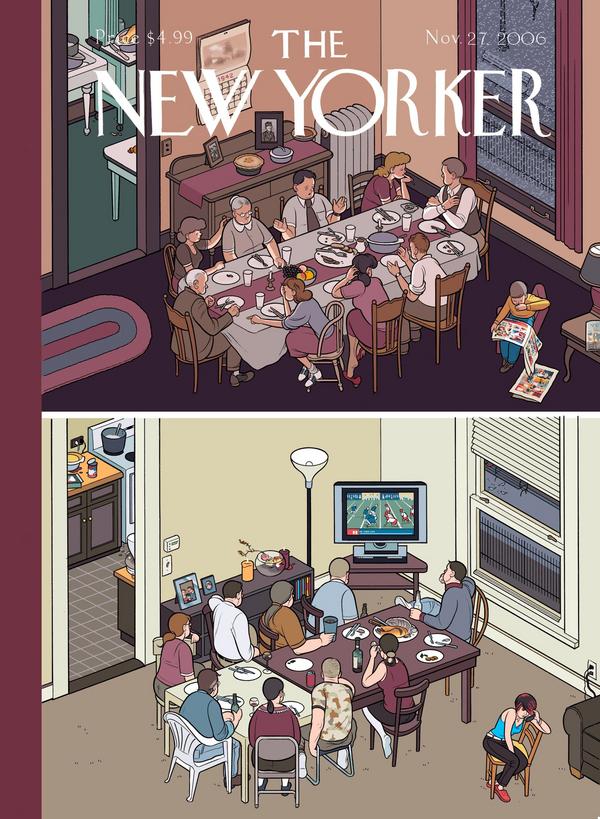In the Euro 2012 group stage, we've seen an awful lot of ties (usually: 1:1) so far, which begs the question: What are the tie-breaker rules in case two or more teams in the same group are tied for points at the end of the group stage?
A quick look at the competition rules, section 8.07 shows (emphasis mine):
If two or more teams are equal on points on completion of the group matches, the following criteria are applied, in the order given; to determine the rankings: a) higher number of points obtained in the matches among the teams in question; b) superior goal difference in the matches among the teams in question (if more than two teams finish equal on points); c) higher number of goals scored in the matches among the teams in question (if more than two teams finish equal on points); d) superior goal difference in all the group matches; e) higher number of goals scored in all the group matches; f) position in the UEFA national team coefficient ranking system (see Annex I, paragraph 1.2.2); g) fair play conduct of the teams (final tournament); h) drawing of lots.
Compare this to the 2010 FIFA world-cup tie-breaker rules and you'll see that they are quite different: The FIFA puts the overall team performance in the group stage first, while the UEFA cares more about how the teams in question compare with each other. That means that two teams can be tied for points, and the one with a much higher goal difference can still draw the shorter straw if they lost the match against the other team in question.
Also, I applaud the UEFA's choice to consider fair-play conduct as part of their tie-breaking rules, though putting it behind the "team coefficient ranking system" makes it look not too sincere. After all, the current rankings don't show a single pair of teams with the same coefficient, so the fair play rule would never apply. Likewise, to cynics, the UEFA rules might convey the message: "If you're ranked high enough, you don't need to care about fair play."


